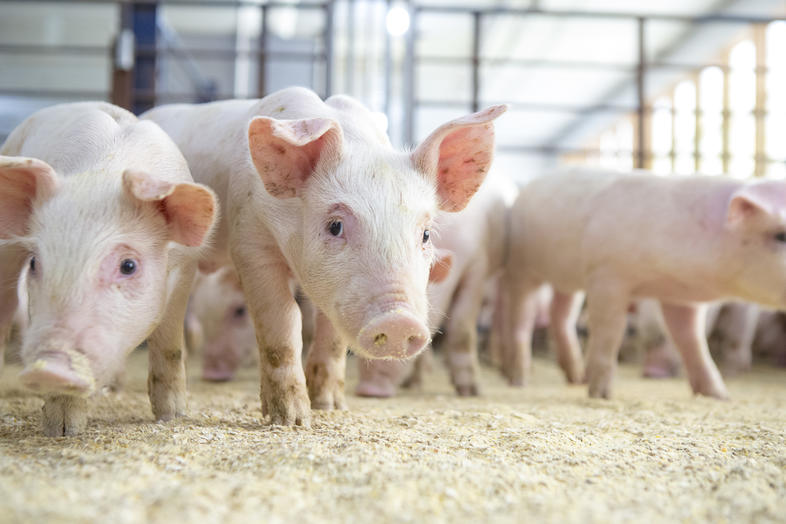As the world’s largest consumer and producer of pork, China’s decisions in the livestock sector ripple far beyond its borders—including into African markets increasingly engaged in both local pork production and international agri-trade.
In its latest move to address volatile pork prices and overproduction, Chinese authorities are cracking down on the speculative practice of “refattening” pigs. This involves smaller farmers buying already market-ready pigs from large producers, feeding them for a few more months, and selling them at heavier weights in the hope of fetching higher prices when the market rises.
But this gamble has become a double-edged sword for the Chinese pork industry.
Price Manipulation or Food Security Threat?
Industry experts have warned that the practice fuels market imbalances—leading to temporary shortages, followed by gluts, that trigger dramatic price swings and undermine pork market stability. According to Pan Chenjun, senior animal protein analyst at Rabobank, this cycle “unsettles the market” and creates inefficiencies in production and trade.
China’s regulators, especially in provinces like Guangdong, have now started strict enforcement to curb refattening. One of the country’s largest producers, Muyuan Foods, has already halted sales to these secondary fatteners.
As a result, pork prices have plummeted, from 21 yuan/kg (R51.75) in mid-2024 to just 14 yuan/kg (R34.50) in early 2025—hurting both large producers and small farmers, while weakening consumer demand due to price instability and concerns over pork quality from overfed animals.
Lessons for African Producers: Efficiency Matters
For African pork producers, particularly in emerging markets such as South Africa, Kenya, Nigeria, and Zambia, the Chinese case serves as a cautionary tale. It underscores the importance of efficient production systems, stable market regulation, and data-driven pricing strategies to avoid the pitfalls of oversupply and speculative farming practices.
African farmers can also learn from the emphasis on feed efficiency. Experts like Lin Guofa from Bric Agriculture Group note that pigs beyond 120kg consume significantly more feed while gaining little in weight—an important consideration in Africa, where feed costs can be prohibitively high and profit margins are narrow.
In a world where grain prices are rising and climate variability threatens local feed crops, keeping pigs longer than necessary could significantly erode profitability and environmental sustainability—especially for smallholder farmers.
Global Trade Implications: A Shifting Pork Landscape
This crackdown also comes at a time of shifting global pork trade dynamics, with the ongoing US-China trade tensions putting pressure on feed imports, particularly soybeans, a major input in pig diets and a key import from the US.
For African countries that import pork or grain, or that aspire to become competitive in agri-exports, China’s push for greater feed efficiency may create new opportunities. As China seeks to reduce its dependency on imported soy and stabilize its domestic market, African producers focusing on leaner, more efficient, and ethically raised pork may find niche export or investment openings in the medium term.
What Africa Can Do Next
-
Develop local feed alternatives: To reduce dependence on expensive or imported feedstock.
-
Promote efficient livestock systems: Avoid overfeeding practices and adopt weight targets aligned with feed conversion efficiency.
-
Regulate value chains: Work with government and cooperatives to reduce price manipulation and create more predictable pork markets.
-
Embrace digital traceability: From farm to fork, knowing where the pig came from and how it was raised is becoming a global standard.
China’s crackdown on pig refattening may seem like a distant event—but its ripple effects offer valuable lessons for Africa’s evolving livestock sector. As African agribusinesses scale up, the balance between growth, sustainability, and regulation will be essential—not just for profits, but for long-term food security and global competitiveness.


